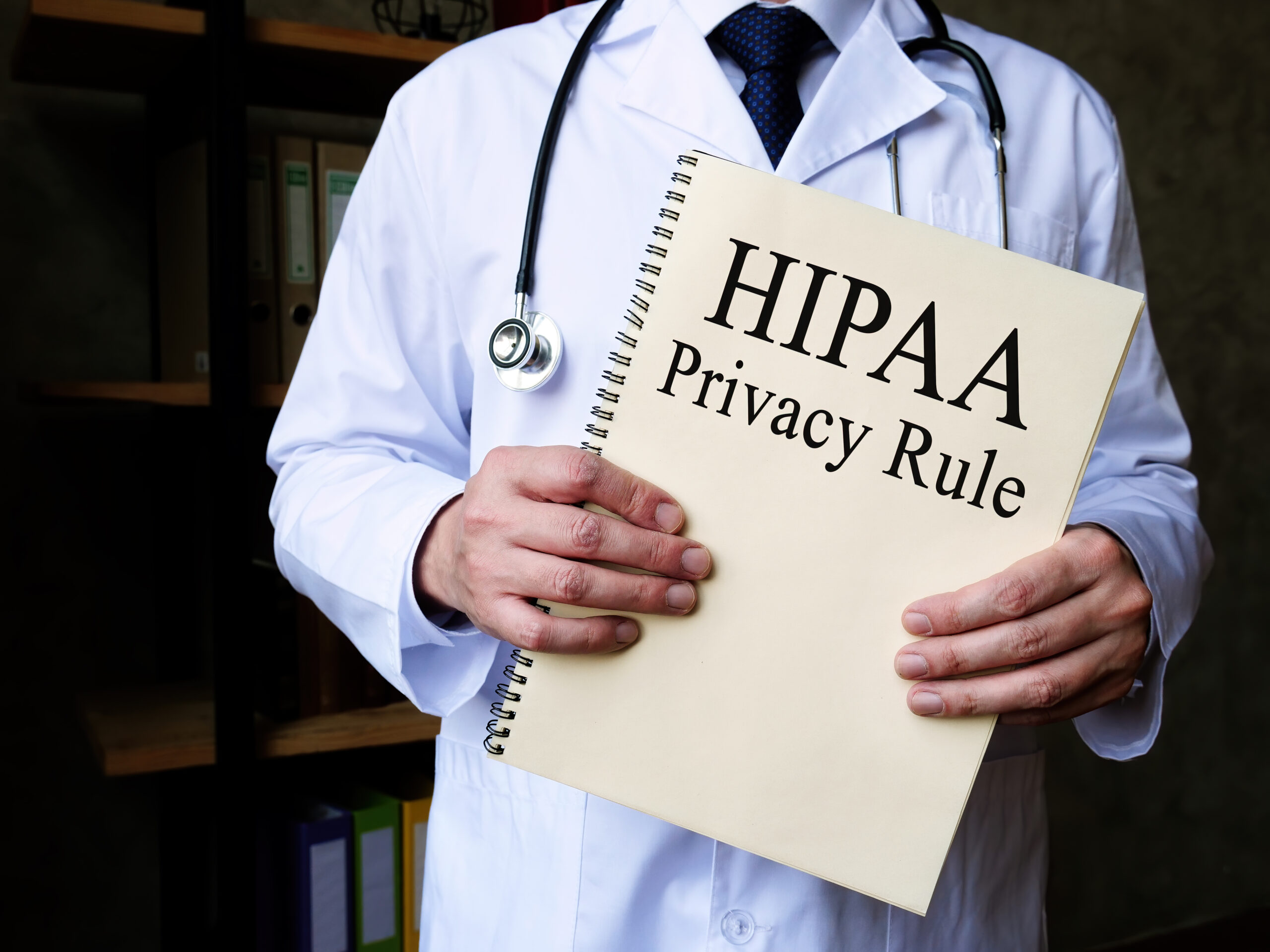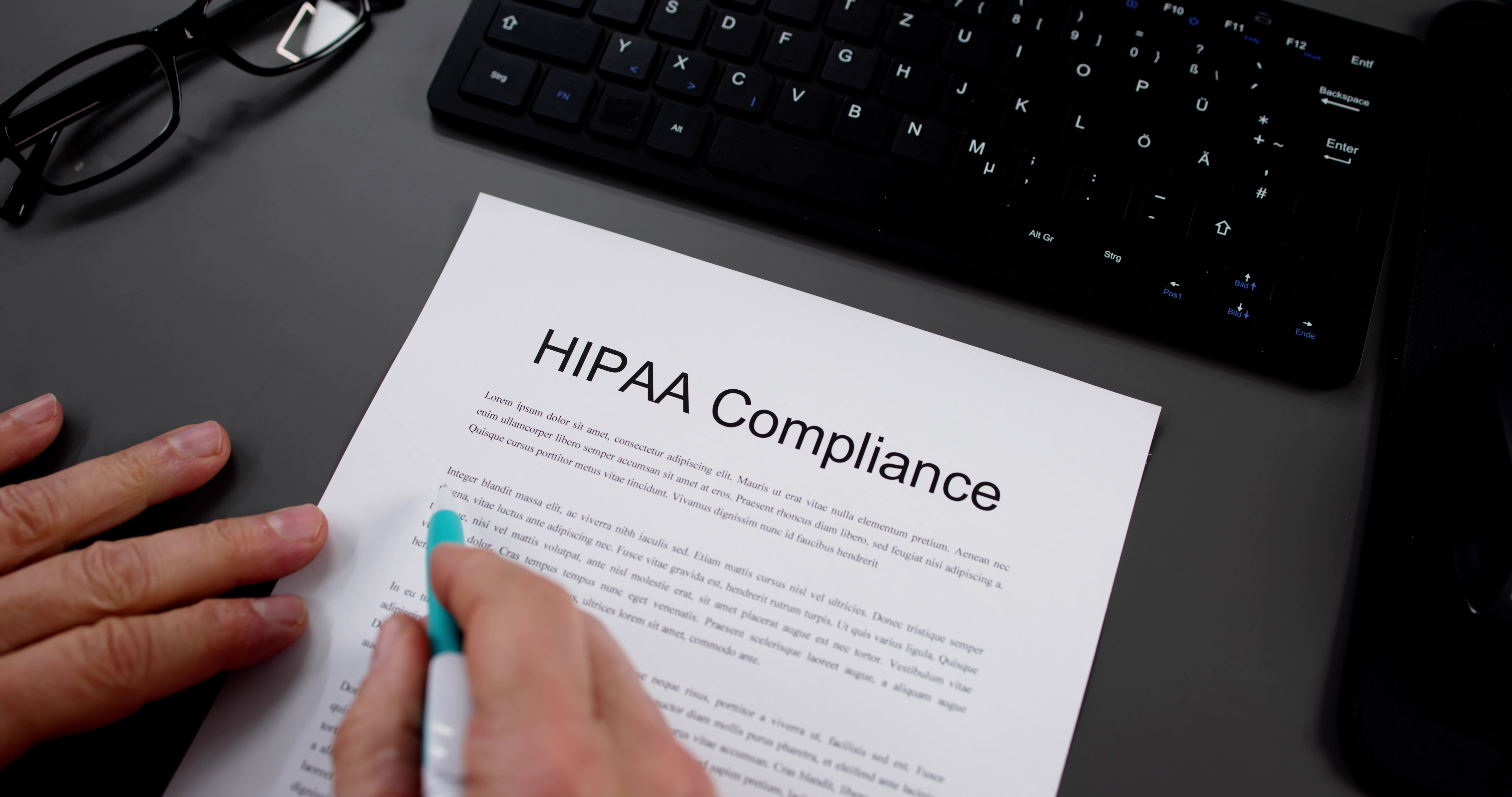The cost of HIPAA violation can be staggering, both financially and reputationally. Organizations that fail to comply with the Health Insurance Portability and Accountability Act (HIPAA) risk facing steep fines, legal consequences, and loss of consumer trust. Whether due to lack of employee training, cybersecurity breaches, or improper handling of protected health information (PHI), noncompliance can have severe consequences.
Financial Penalties for HIPAA Violations
HIPAA violations are categorized into four tiers, each with increasing levels of severity:
- Tier 1 – Unintentional violations due to lack of awareness, with fines ranging from $100 to $50,000 per incident, up to $1.5 million per year.
- Tier 2 – Violations due to reasonable cause but not willful neglect, with fines between $1,000 and $50,000 per violation.
- Tier 3 – Willful neglect violations that are corrected within a given timeframe, resulting in fines between $10,000 and $50,000 per violation.
- Tier 4 – Willful neglect with no timely correction, incurring minimum fines of $50,000 per violation, up to $1.5 million per year.
The Office for Civil Rights (OCR), under the U.S. Department of Health and Human Services (HHS), enforces these penalties based on the nature and severity of the violation.
Additional Costs Beyond Fines
While regulatory fines are costly, HIPAA violations can lead to additional expenses, including:
- Legal fees – Class-action lawsuits and settlements can reach millions.
- Data breach remediation – Investigations, security audits, and IT upgrades to prevent further breaches.
- Loss of business – Patients and clients lose trust in organizations with poor data security compliance.
- Reputational damage – Negative publicity can drive away business and affect long-term revenue.
Common Causes of HIPAA Violations
To avoid the high cost of HIPAA violation, organizations must be aware of common compliance pitfalls, such as:
- Unauthorized access – Employees accessing PHI without permission.
- Failure to encrypt sensitive data – Cybercriminals exploit weak security measures.
- Lack of employee training – Staff unaware of HIPAA policies contribute to breaches.
- Improper disposal of PHI – Paper and electronic records must be securely destroyed.
How to Prevent HIPAA Violations
To maintain HIPAA compliance and protect PHI, organizations should:
- Implement HIPAA training programs for all employees.
- Conduct regular risk assessments and security audits.
- Enforce strict access controls and data encryption policies.
- Establish clear incident response plans to mitigate damage in case of a breach.
Final Thoughts
The cost of HIPAA violation goes beyond fines—it affects a company’s bottom line, reputation, and ability to operate. Prioritizing HIPAA compliance, investing in employee training, and strengthening data security protocols are critical steps in preventing costly breaches. Organizations that proactively address these areas can avoid legal trouble and maintain the trust of their patients and clients.
By staying vigilant, businesses can safeguard sensitive information and avoid the high price of noncompliance.










